Plecos are a common type of aquarium bottom feeder, but are they any good in a freshwater tank?
Plecos are a great addition to most fish tanks because they are peaceful, easy to care for, and keep your tank algae-free. From the bristlenose to the clown pleco, there’s plenty of color and variation to choose from.
Read on to explore why plecos may be a good fit for your tank. I’m also going to share some of my personal experience with plecos and the species I recommend!

Table of Contents
Why Plecos Are Good for Most Fish Tanks (5 reasons)
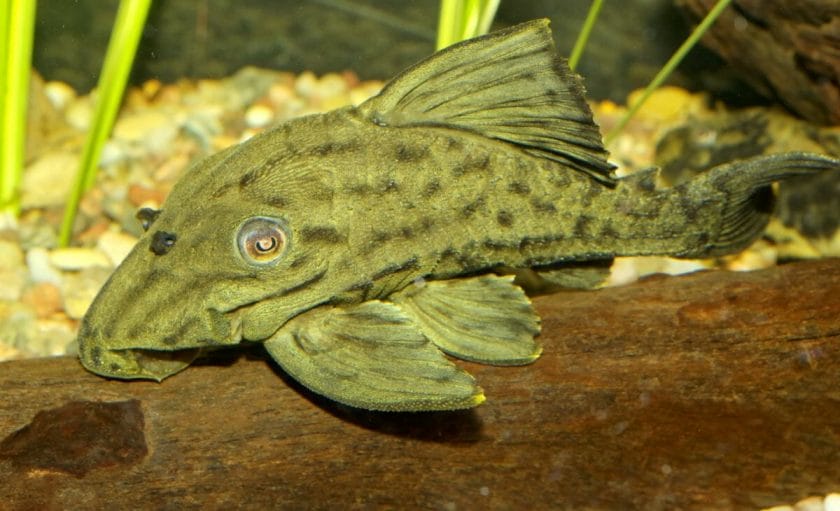
The plecostomus is a freshwater catfish with over 150 recognized species. They come in a myriad of different colors, shapes, and sizes, can live for 3 years to up to 25 years and work well in most aquarium environments.
1. Expert Cleaners
One of the main reasons that people include plecos in their tank is for their ability to clean algae. Plecos are great at keeping the glass clean and will spend most of their time eating algae from the glass, decorations, or substrate.
2. Peaceful Tankmates
While plecos are territorial by nature, they are nowhere near as aggressive as other species of fish and will tend to keep to themselves in a tank environment. As such, they pair well with most other freshwater fish that won’t pick on them.
3. Floor Movement
One factor that any established aquarist considers when stocking a tank is the level of movement in each layer.
While you don’t need fish at the top, middle, and bottom of your tank, it’s always nice to have some activity going on to make the tank feel alive. As such, plecos are a great choice to add some activity to the bottom of your tank.
4. Hardy and Easy
Most species of plecos are hardy and fairly easy to care for. They are not extremely picky over the hardness, pH, or temperature of your tank, although each species does, of course, have their individual preferences.
5. Beautiful Colors and Patterns
Lastly, plecos come in all shapes, sizes, and colors, making them a great way to add a splash of color to your tank.
Zebra plecos, for example, have gorgeous black and white stripes, while species like the Gold Nugget have distinct yellow dots and yellow fin tips. Most species are amenable in a community tank, making the world your oyster when it comes to choosing the right pleco for you.
Why Plecos May Not Be Ideal for Your Tank
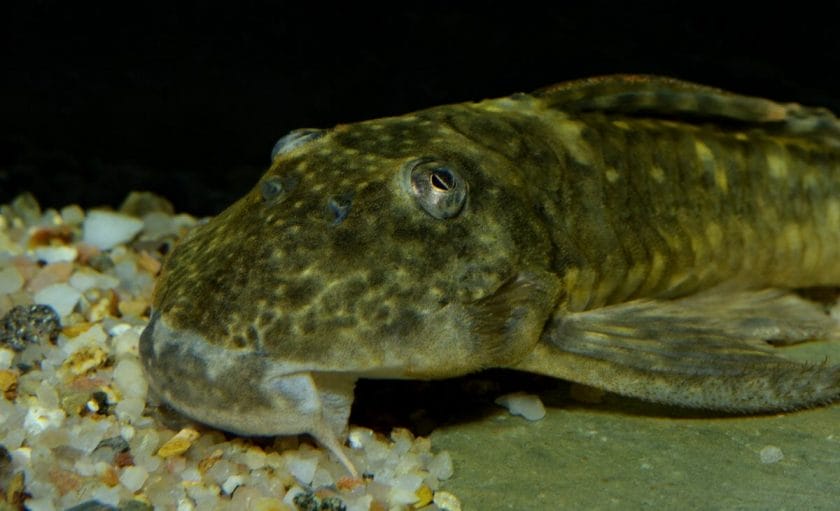
Of course, as with any fish, there are caveats to consider. Here are 4 important things to consider before you buy a pleco.
Size
This is the biggest ‘buyer beware’ point to take note of. The common plecos that you’ll find in any pet store can grow up to 2 feet long, much bigger than the average fishkeeper’s 10 to 20 gallon tank can feasibly hold.
That’s why you’ll often see massive 2-foot plecos being dumped into ponds and lakes because unsuspecting fishkeepers haven’t done their research to see how big plecos get.
If you’re going to buy plecos, I strongly recommend avoiding the common plecostomus and instead purchasing more exotic species that will only grow up to 6 inches in length. Bristlenose pleco is an example of one such species of catfish that you can keep in a smaller tank as it grows a maximum of up to 6 inches.
If you have a larger tank (upwards of 50 gallons), you can consider some of the larger species of plecos.
Bioload
Bioload is a term in the fishkeeping hobby to refer to how much waste a tank inhabitant produces. Understanding the bioload of different tankmates can help make sure your tank is chemically balanced and that your filter media can keep up with the waste fish are producing.
To put it simply, plecos have a high bioload and should not be included if your tank is already well-stocked; moreover, plecos are not good at dealing with algae infestations. Yes, they clean algae effectively, but they will not repair a dysfunctional tank. As such, adding them as ‘cleaner fish’ isn’t wise.
Compatibility
Lastly, there’s the issue of compatibility to consider. Plecos are generally peaceful, although competition over food and breeding rights can make them territorial.
In general, you shouldn’t pair plecos with other fish that will pick on them or aggressive fish that spend a lot of time at the bottom of the tank.
Crayfish, for example, spend a lot of time at the bottom of the tank and will likely attack plecos on sight.
By contrast, betta fish, which are generally considered to be territorial, are ok as a tank mate because they don’t spend much time at the bottom of the tank. Here are some suitable tankmates for plecos to consider:
- Cory catfish
- Tetra
- Kuhli loach
- Swordtail
- Platy
- Mollie
Should I Get Plecos for My Aquarium?
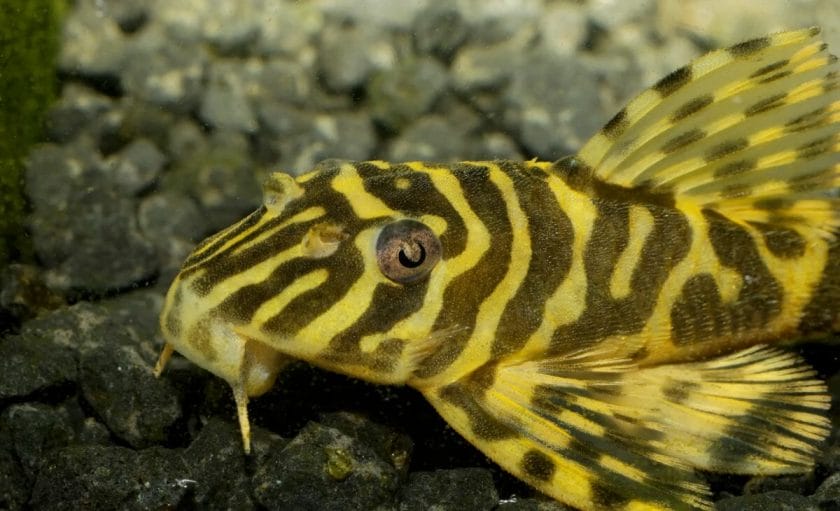
Plecos are great for most community tanks because they are peaceful and add a splash of color and movement.
Just be wary where you shop, find the right breed, and be prepared to care for them and stock the tank appropriately based on their size.
Here’s a breakdown of what the average pleco prefers in their tank environment:
| Diet | Minimum Tank Size | Temperature | pH | Water Hardness |
|---|---|---|---|---|
| Omnivorous | 20 gallons | 72-86 F | 6.5-7.5 | 20-35dGH |
Algae isn’t enough for your plecos; they need to be fed a varied diet to thrive. Some of these options include aquatic plants, driftwood, fruits and veggies, and meat.
I find Hikari Algae Wafers to be the best solution since most other fish don’t bother with them, ensuring that the plecos get a look-in during feeding time.
The Best Pleco Species for Beginners
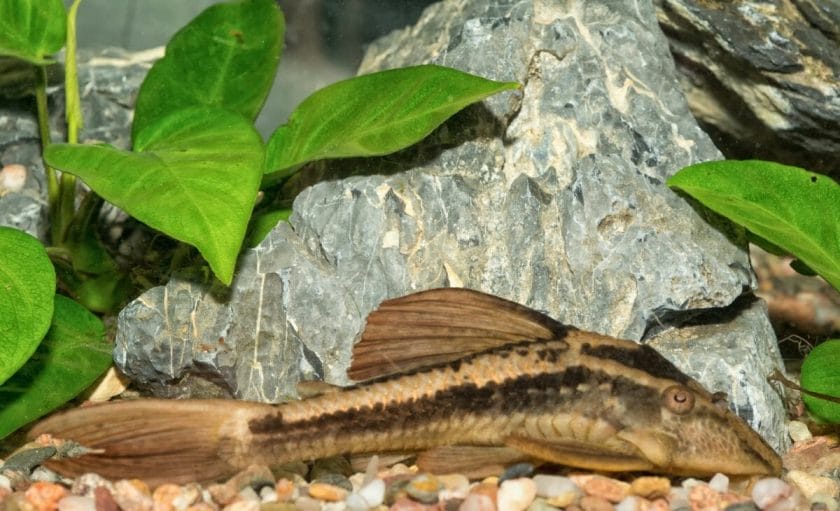
Some plecos require more precise water parameters, environment, and care than others. In many cases, some species of pleco are “off-limits” in the sense that they grow too large to be included in smaller tanks.
As such, here are the best beginner pleco species to consider if you have a tank of 50 gallons or smaller.
| Species | Care Level | Minimum Tank Size | pH | Temperature |
|---|---|---|---|---|
| Bristlenose pleco | Easy | 20 gallons | 5.5-7.5 | 70-79 F |
| Tiger pleco | Easy | 40 gallons | 5.5-7.5 | 79-86 F |
| Clown pleco | Easy | 20 gallons | 6.8-7.6 | 73-82 F |
| Leopard frog pleco | Easy | 30 gallons | 6.5-7.5 | 75-86 F |
| Gold spot dwarf pleco | Moderate | 10 gallon | 6.5-7.5 | 71-82 F |
FAQs
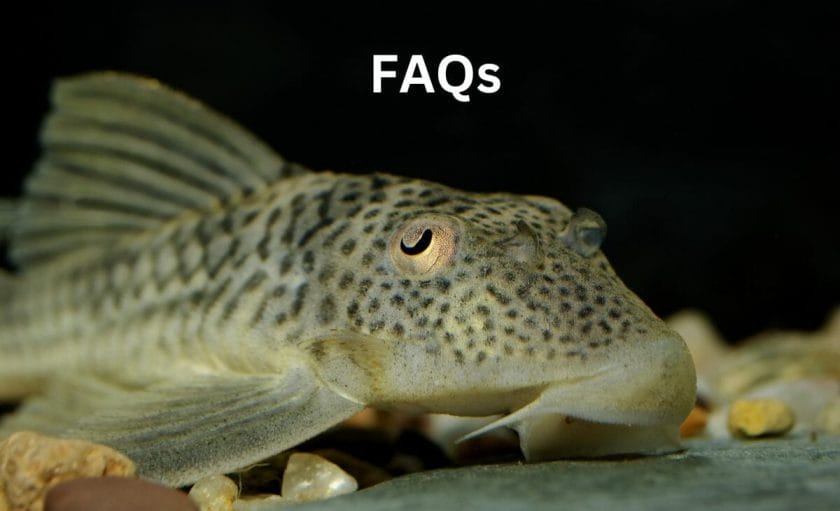
Will Plecos Jump Out of a Tank?
Some plecos will jump out of a tank if the lid is not firmly installed. Generally, plecos will be more prone to jumping if the tank environment is harmful, so test your water and make changes accordingly.
Will Plecos Eat Shrimp?
Plecos and shrimp are usually not compatible, since the plecos are omnivores and will tend to attack shrimp as food. Because shrimp spend most of their time on the bottom of the tank, they are susceptible to being picked on and eaten by plecos.
Conclusion
Plecos make a great addition to most tanks. They’re entertaining, interesting, and quite helpful in a fish tank environment, serving to keep your aquarium glass clean and algae-free!
Be sure to check out the helpful article above to see some of the best pleco species I recommend for beginner aquarists!
Besides, here’s an article containing different plecos that you can keep in your tank according to your tank size.